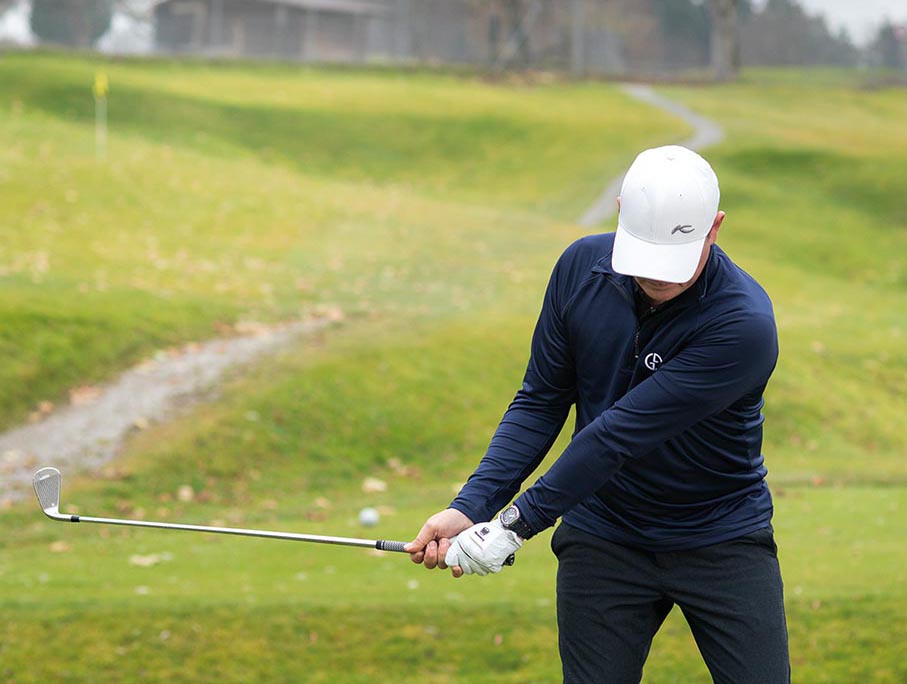Rotation, Extension and Action
I have to say that one of the many things I like most about golf is studying all the technical aspects that we can apply to each swing or stroke. Also, being able to speak and – thanks to this magazine – write about technique is something that I love and is one of my passions.
As is the case with many other sports, golf has avoided stagnation and in recent years it has in fact undergone major changes, motivated by the evolution of materials (clubs, balls...) and by modern technology for teaching purposes. This has enabled us to process the swing at levels of detail and instant data that were previously unthinkable, and this in turn has allowed players to achieve very high levels of play, even at a young age.
In previous issues we have discussed many of the important factors regarding technique, including shots from the tee to putting, so now I would like to focus this lesson on the following aspects...
1.- Rotation of the body
2.- Extension of the arms
3.- Hand action
Rotation
There is one mythical phrase you have surely heard a thousand times and it is, "Keep your head still" – or the other version, "You have to look at the ball all the time".
Well, for me it is a phrase that can harm more than help players. The reason is that it causes an automatic blocking of the whole body.
Two issues are important for good rotation:
-Body position
-Maintain the axis
We rotate the same on a full shot, with a pitching wedge, 3-iron or wood, but with different postures.
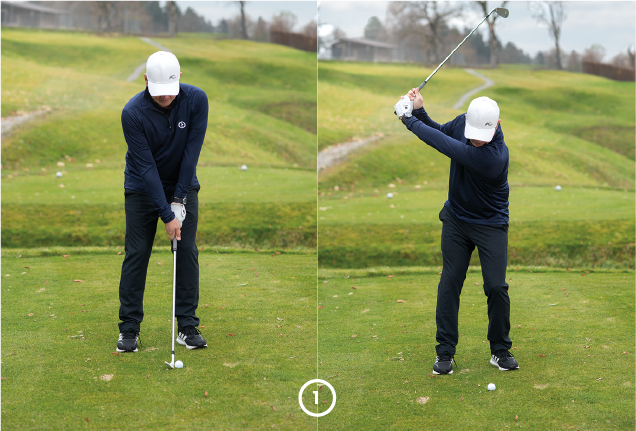
Photo 1 - Posture with a pitching wedge and rotation
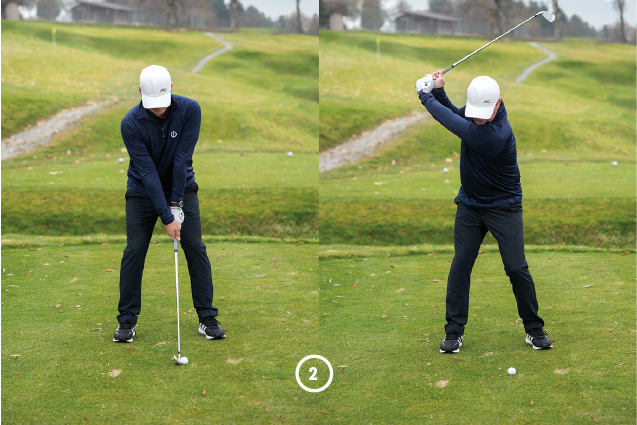
Photo 2 - Posture with a 7-iron and rotation
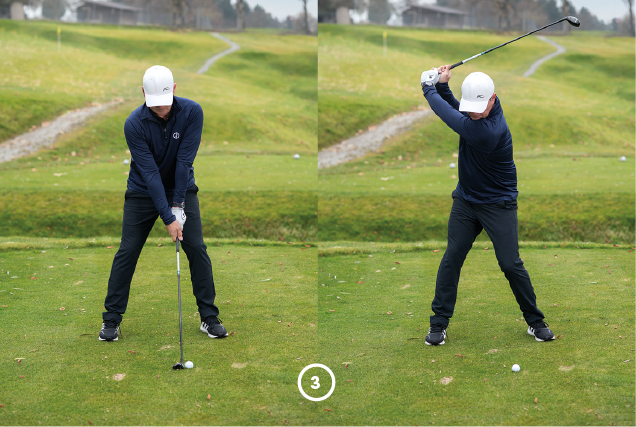
Photo 3 - Posture with a 5-wood and rotation
.
Swing Extension
Another typical phrase you no doubt have also heard is, "When you raise the club you have to change your weight".
This, apart from being difficult to figure out, technically doesn't work either. As I have explained before, for a good rotation you need a good posture, because for a good extension the following is key:
- Body axis
- Rotation of the shoulders and hips
Two very common failures:
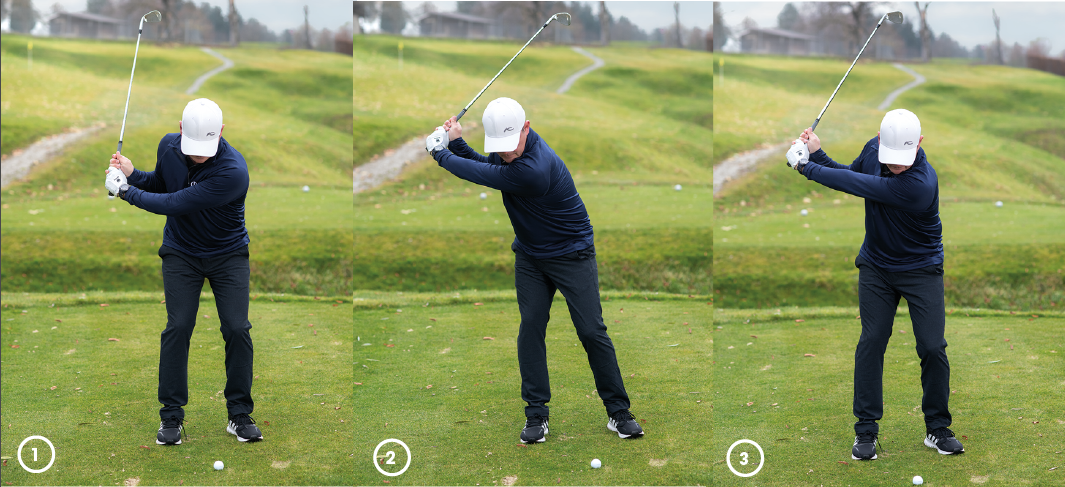 A) If you block your hips and shoulders, it will seem easy to lift the club but without extension (Photo 1).
A) If you block your hips and shoulders, it will seem easy to lift the club but without extension (Photo 1).
B) If you move your body, raising the club will complicate your movement and this will cause an over-extension (Photo 2).
Helpful Exercise
Do this exercise without a club – create a good posture (Photo 3).
Hand Action
In previous issues I have talked about how the grip influences your stroke, and clearly it is one of the basic, key and most important factors in order to be able to play this sport well.
This issue, assuming you now have the right grip, I am going to explain how much a twist of the wrists can influence the rise and fall of the club. You might have a good rotation but if you turn the clubface too much, or block it during the swing, this could result in a poor shot and will directly affect the extension, as I explain below.
There are no straight lines in a golf swing. And that is why the clubface has to point in different directions during the movement (swing).
On the backswing (taking as a reference the first quarter of the swing)
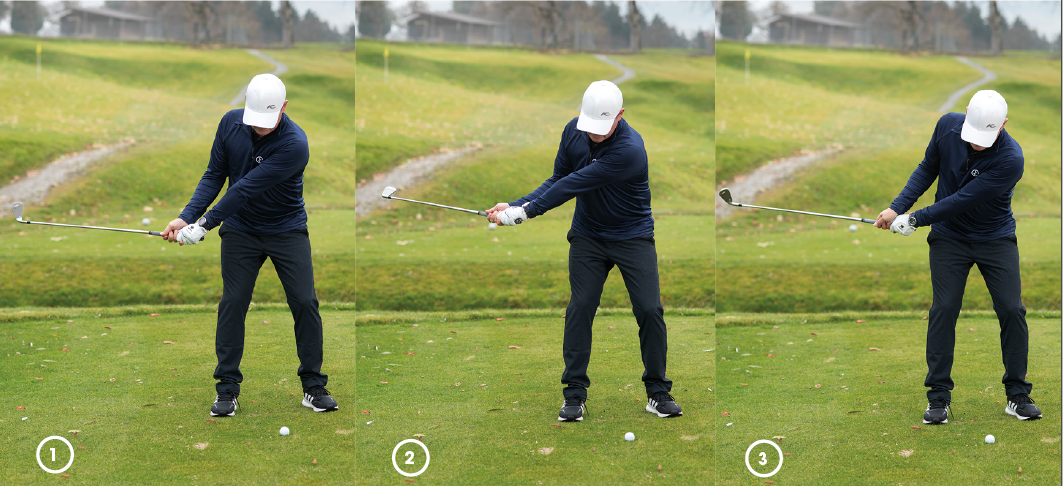
Photo 1
The correct neutral position will help achieve a good extension.
The clubface points in front of the player, and the hands and wrists are doing a good job.
Photo 2
Excessive twisting of the wrists causes lateral displacement (poor extension).
The clubface is pointing up. This movement is dangerous in golf, as in most cases the club will be wide open when it reaches the ball and this can cause you to shank the shot.
Photo 3
Blocking the wrists…
This also blocks your rotation and your hands will end up too close to the body, and without extension.
The clubface will point towards the ground (at our reference point). This movement will cause such errors as hitting behind the ball and severely hooking the resulting shot.
It is true that this issue we have only talked about the rise of the club and I still have to address the issue of rotation at impact (descent) and the conclusion of the swing. This aspect I will explain in the next issue as the topic is interesting but also somewhat lengthy. In the meantime, I hope my advice has been helpful for your golf.



